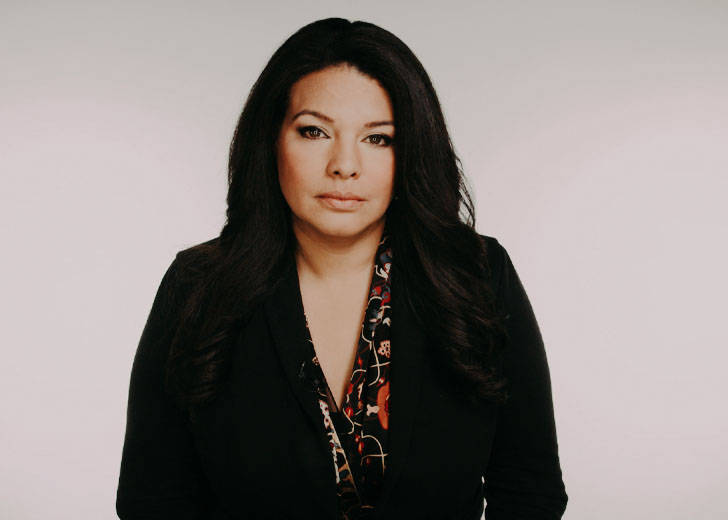CNN’s Sara Sidner Recognized Racial Bias Pretty Early

Sara Sidner is CNN’s Los Angeles-based national and international correspondent. She has won multiple awards for her contribution to journalism and has covered stories ranging from terrorism, war, and other pressing issues.
Sidner has a bi-racial family background. Born to a white British mother and an African-American father, she had experienced racial bias firsthand when she was still very young.
Taking her experiences into account and her position as a journalist of color, she has spoken on racial discrimination, including diversity in media.
Sidner Noticed Racial Bias When She Was Still a Child
In a 2017 article titled ‘What happens when students notice racial bias,’ Sidner shared her first experience with racial bias when she was still in school.
Her teacher was taking the roll call while marking down the race of each student. And when it came to her turn, the teacher wasn’t sure whether to mark her as white or black.
Sidner recounted the teacher saying, “You know what; you’re a smart kid; I’m going to check white.”
The CNN correspondent shared she wanted to fight back and clarify that being black and being smart were not two distinct entities.
Sidner on Reporting Police Violence as a Black Journalist
Sidner led CNN’s coverage on Michael Brown’s shooting in Ferguson, Missouri. The unarmed Black teenager was shot and killed on August 9, 2014, by Darren Wilson, a white police officer.
Protests that lasted for months followed the shooting. Sidner was there for weeks, reporting on the situation.
A similar environment of unrest was created once again after George Floyd’s death. During the time, diversity in media and the hurdles Black journalists faced while on their job was highlighted.
Sidner weighed in her opinion when she was asked about the challenges and advantages she had as a Black journalist when covering stories about police violence.
Speaking to The Hollywood Reporter, Sidner said that she felt more welcomed by the protestors and more of a target for police. She also said that her colleagues who are white often feel the opposite of what she feels.
As a black journalist, when you’re walking down the street within the protest, I feel that I am probably more welcomed by those who are protesting, and more of a target for police. And I’ve seen that play out here. I look like many of the people protesting. My colleagues who are white can often feel the opposite, where the protesters are more suspicious of them and the police are more accepting of them.
The Complexity of Covering Racial Inequality as a Black Journalist – Variety.
Thank you to â¦@audreycleoâ© for listening and caring about this subject#GeorgeFloyd https://t.co/rS4NGFVm8s — Sara Sidner (@sarasidnerCNN) June 3, 2020